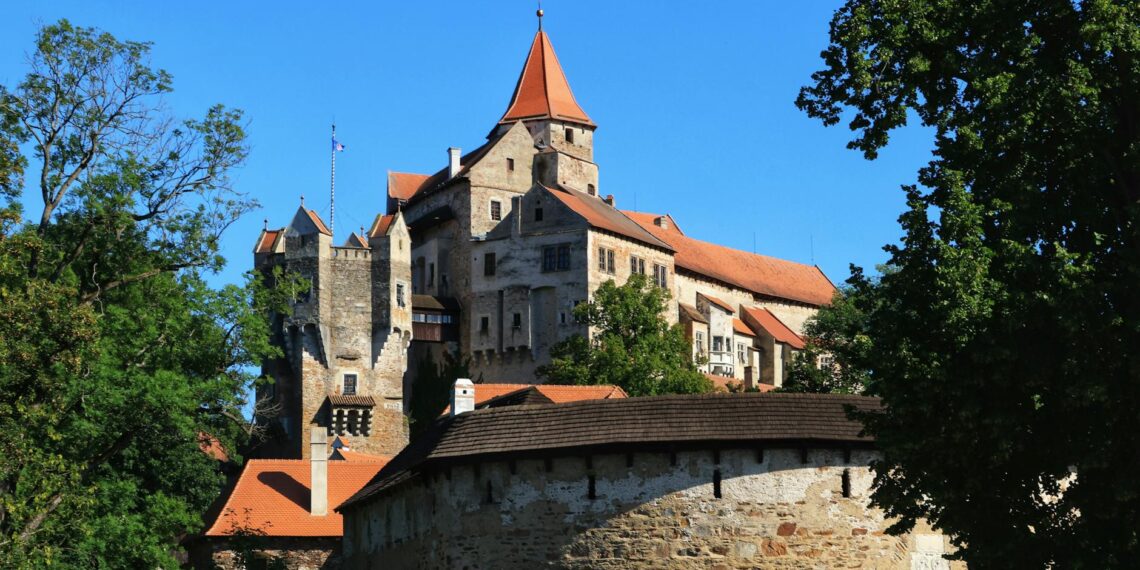Ancient coins offer a tangible link to the past, but identifying them can be challenging due to wear, language barriers, and the sheer volume of variations. However, with a systematic approach and the right resources, you can unlock the stories these coins hold.
Here’s a breakdown of the key steps:
- Denomination and Date: Look for any visible face value (though not all ancient coins have them) and a date, keeping in mind different calendar systems may be used.
- Shape, Size and Weight: Most ancient coins are circular, but older coins, especially those minted before the late 1700s, may be irregular. Coins also come in a variety of sizes and weights, which are important clues. Knowing the metal composition (gold, silver, bronze) based on color can help determine the origin and era, [according to ClassicWorldCoins].
- Obverse (Heads) and Reverse (Tails): Carefully examine both sides of the coin for images, figures, and symbols. These often depict rulers, deities, mythological creatures, or scenes commemorating historical events.
- Legends and Inscriptions: The text on ancient coins (legends) can be a crucial identifier. Look for ruler names, titles, mint marks, or abbreviations in languages like Latin, Greek, or others.
- Reference Materials: Consult coin catalogs like Krause World Coin catalogs or those focusing on specific countries to compare your coin’s features. Online resources like Coin Archives, ACSearch, WildWinds, and the American Numismatic Society’s (ANS) MANTIS, CRRO, OCRE, and PCO can be incredibly helpful for identifying and researching ancient coins. [CoinWeek also lists several helpful online resources].
- Numismatists and Experts: If you’re struggling to identify a coin, don’t hesitate to consult a professional numismatist. The DAVID R. SEAR ANCIENT COIN CERTIFICATION SERVICE (ACCS) offers authentication and detailed reports.
- Look for inconsistencies: Genuine ancient coins exhibit consistent and recognizable details, unlike fakes which may have variations.
- Signs of Casting: Ancient coins were typically struck, not cast. Bubbles or flow lines in the metal are indicators of casting, and should be carefully examined.
- Patina: Observe the patina (oxidized coating). Naturally developed patina is generally a good sign, while an artificially created patina might look powdery, too dark in specific areas, or unnaturally uniform.
- Comparison to Known Examples: Compare your coin with documented examples to identify any discrepancies. A detailed guide to identifying fake ancient coins can be found on All your Coins.
Remember, while online resources and apps can be helpful, the best way to verify the authenticity of an ancient coin is to consult with a professional numismatist. Spending time learning about the historical context and the nuances of ancient coin production will also greatly enhance your identification skills.











How to check ancient coins?
Thanks for asking. Genuine ancient coins have consistent and recognizable details, whereas fakes often have differences in the details from one coin to another. Check the weight and metal content. Ancient coins had specific weights and metal compositions, and deviations from these standards can indicate a fake.
Is there an app to see the value of old coins?
About this app
CoinSnap helps you determine the worth of your coins with expert-backed insights and real-time market data. Simply take a photo, and our AI-powered system will provide you with detailed information, rarity levels, and price estimates in seconds.